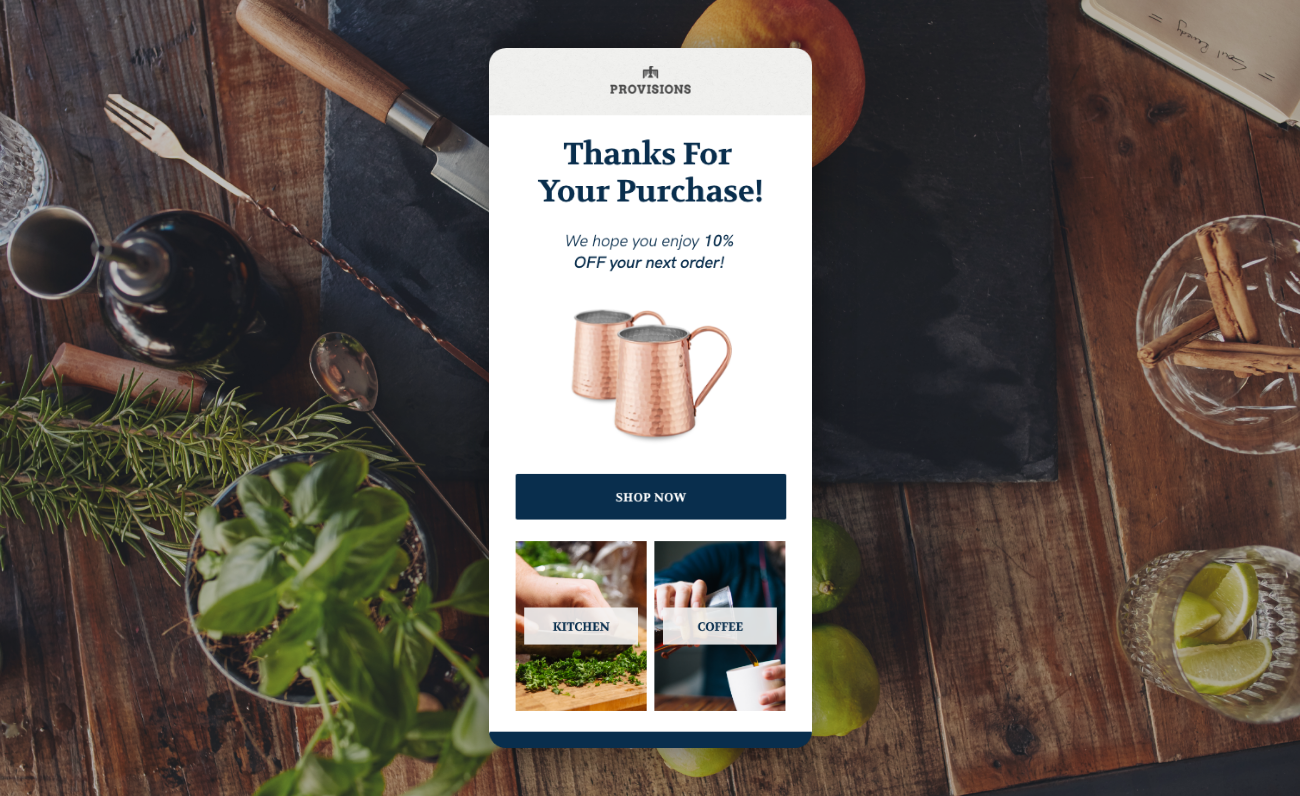By Miva | July 17, 2019

See why top ecommerce brands use Miva’s no-code platform to run
multiple stores, manage massive catalogs, and grow their revenue.
In The Art of the Up Sale Part 1, we explored the importance of upselling, cross-selling, and suggesting related products. We discussed how ecommerce stores can leverage these techniques to increase average order value and customer lifetime value.
In this article, we’ll show you even more ways to make the most out of every sale…both during and after the checkout process.
In ecommerce, the checkout process begins when customers have added products to their cart and are ready to enter their payment and shipping details. If you’re careful to consider possible checkout friction points, this process can provide an excellent upselling opportunity.
Consider bundling related products and offering the discounted bundle as an upgrade for those purchasing one of the items included in the bundle. The discount itself may be incentive enough, but the convenience of being able to purchase all those potentially relevant products in one fell swoop is often enough to convince shoppers.
One of the best upsell opportunities occurs not during but immediately after the purchase process. After-checkout upsells, also known as “post-purchase upsells” or “one-click upsells” are extremely effective for increasing order value. These offers usually involve the suggestion of an accessory or ancillary product that can be added to the completed purchase with the click of a button. This can be a very easy sell for someone who has already fully committed to a purchase.
How you structure your checkout process can have a huge impact on your upselling conversion rates.
Using a one-page checkout simplifies the checkout process, prompting customers to enter all their information on a single page. However, seeing a long checkout form can be intimidating for customers. Merchants who use a one-page checkout need to be careful not to overwhelm customers when suggesting upsells.
A multi-step checkout, which breaks the checkout process up into several pages, has its own pros and cons. While its longer length presents more opportunities for checkout abandonment, it also makes room for more upsell opportunities.
Whether you use multi-page or one-page checkout, here are some eCommerce checkout best practices tips you should follow to boost upsell conversion rates:
It is much easier (and less expensive) to encourage an existing customer to make another purchase than it is to convert a potential customer who hasn’t yet interacted with your business. This is why it’s important to use your customer’s email addresses wisely. Use your email list to stay top-of-mind with your customers and make sure you’re offering them interesting information, discounts, and deals that they’ll be interested in.
Create content specifically for people who have already purchased your products in the past. This could include how-to videos, guides, and other content designed to help them get the most out of your products.
Bolster your email marketing efforts by customizing your offers. Segment your list based on the products your customers have already purchased. This will help ensure that the recommendations you make are both relevant and appreciated. 
Love it? Share it!
No worries, download the PDF version now and enjoy your reading later...
Download PDF Miva
Miva
Miva offers a flexible and adaptable ecommerce platform that evolves with businesses and allows them to drive sales, maximize average order value, cut overhead costs, and increase revenue. Miva has been helping businesses realize their ecommerce potential for over 20 years and empowering retail, wholesale, and direct-to-consumer sellers across all industries to transform their business through ecommerce.
Visit Website